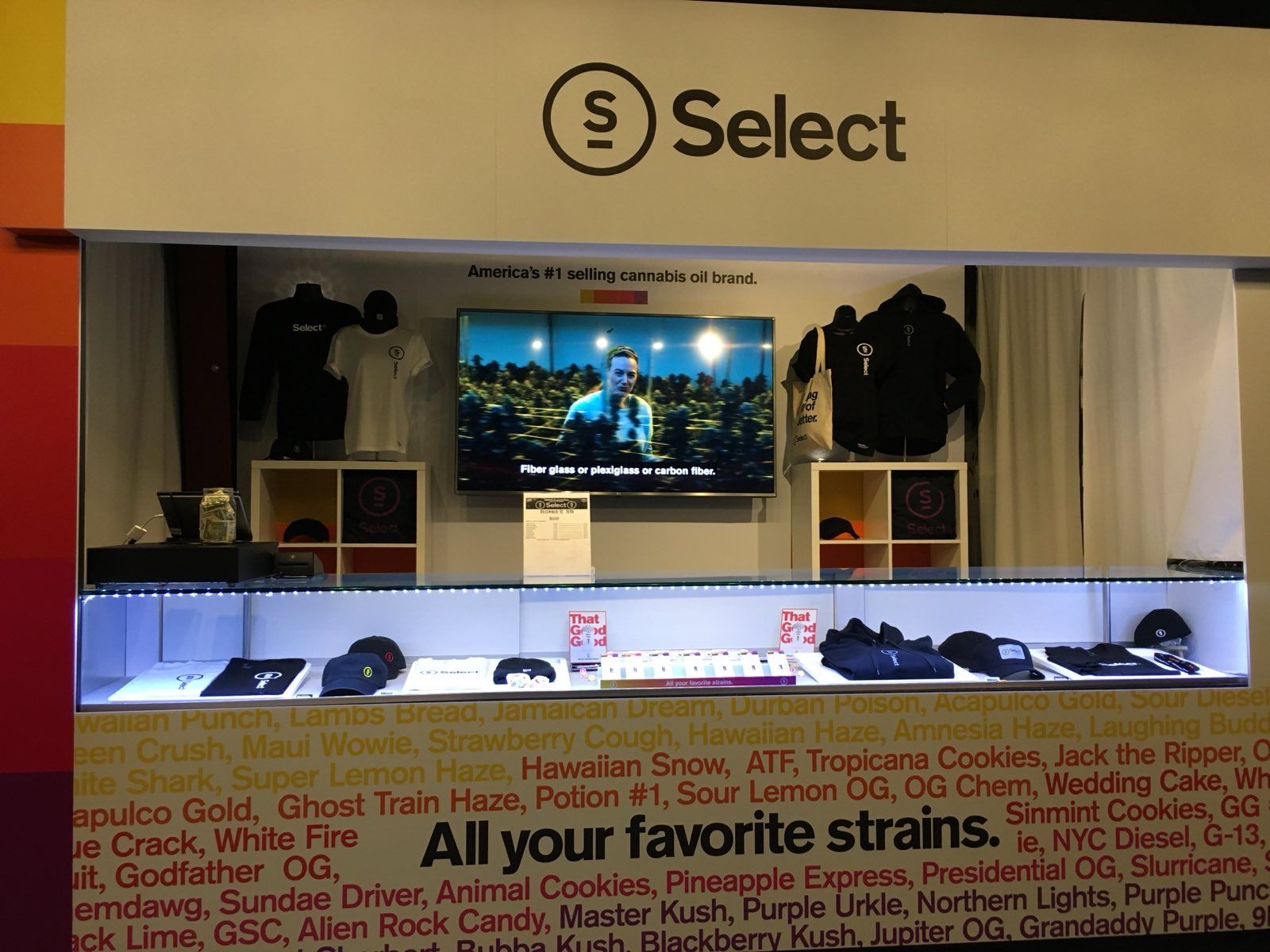Latest Articles
-

Building Strong Partnerships in the Cannabis Supply Chain
Strong partnerships are more than just a nice-to-have—they’re essential. Cannabis logistics customer service representatives across the country have seen firsthand how meaningful relationships with growers, manufacturers, distributors, and retailers can transform day-to-day operations and long-term success. According to industry insights from the National Cannabis Industry Association (NCIA), companies with collaborative…
-

AI & Automation Disrupt Cannabis Logistics—But Humans Aren’t Going Extinct
The cannabis industry, once defined by manual labor and regulatory complexity, is undergoing a profound transformation driven by AI and automation. From cultivation to inventory, distribution, and compliance, brands are embracing emerging technologies at scale. The question on everyone’s mind: will people and jobs eventually be replaced? Seed‑to‑Sale Supply Chains…
-

Cannabis Logistics 2030: Smart, Scalable & Sustainable Supply Chains
As legalization spreads and the market matures, the U.S. cannabis logistics landscape is poised for a radical evolution by 2030. We’ll explore the infrastructure, technology, regulatory, and market trends shaping the next decade of cannabis logistics—driven by scale, automation, and consumer expectations. Explosive Market Growth: The Logistics Impetus The global…


